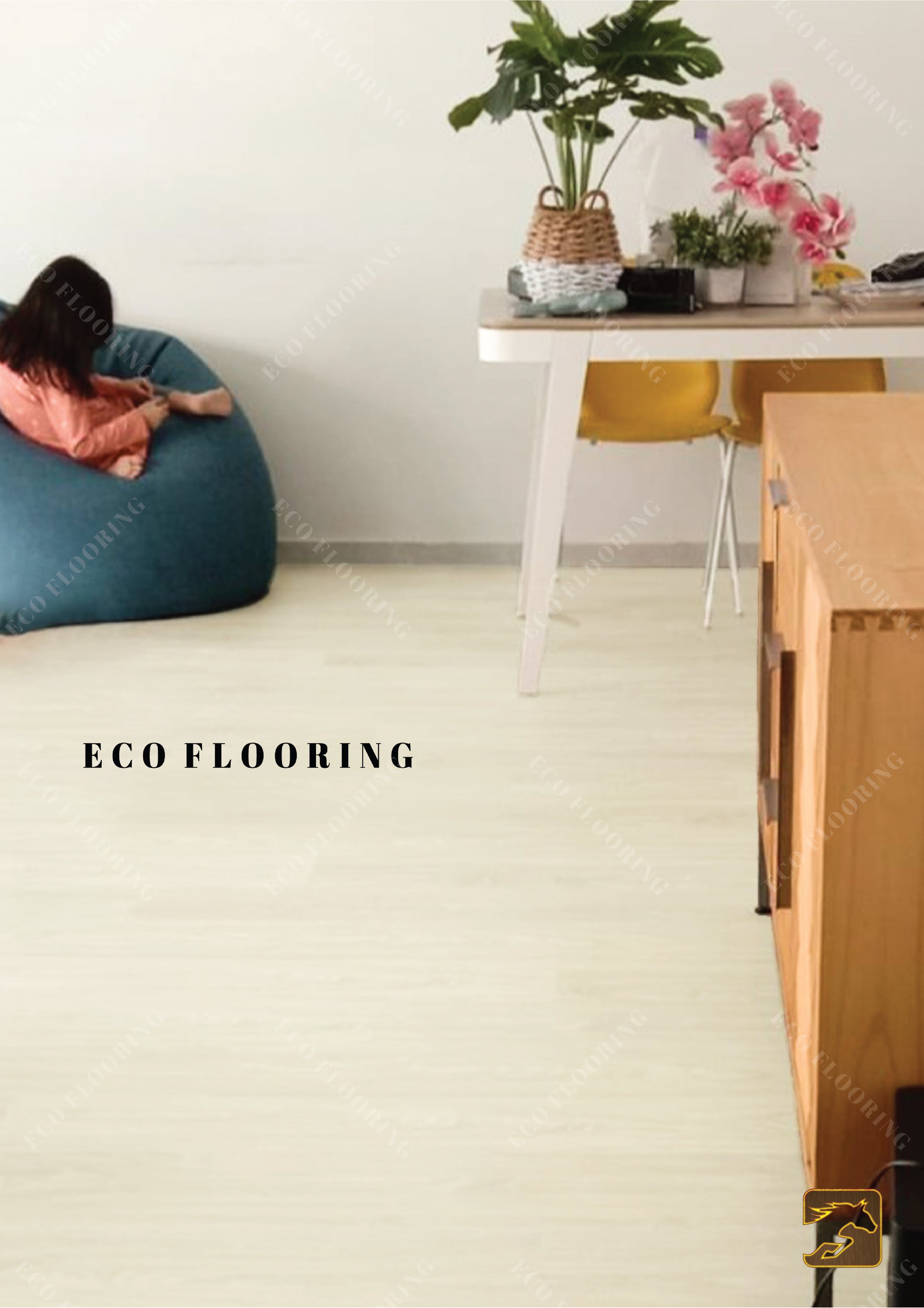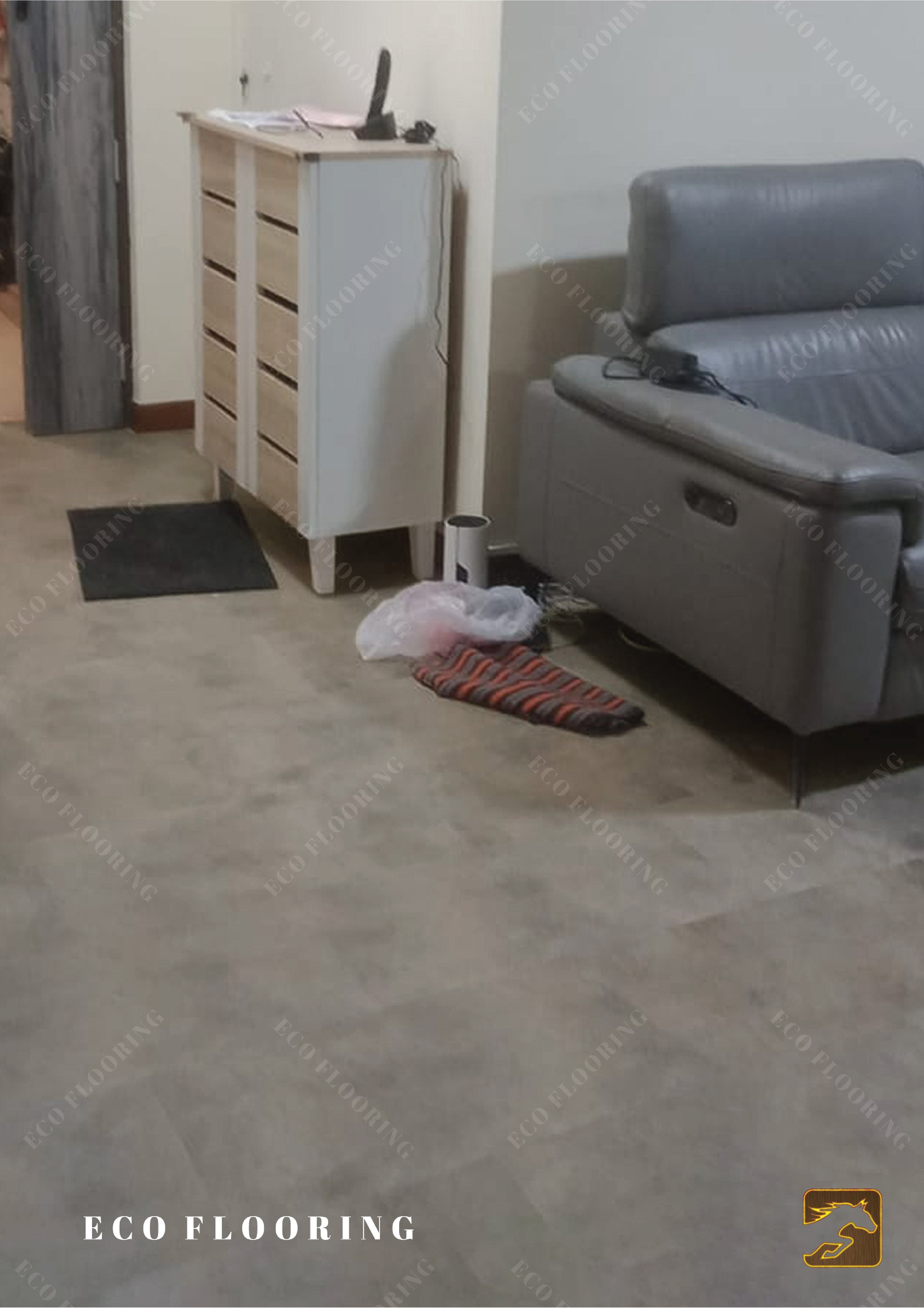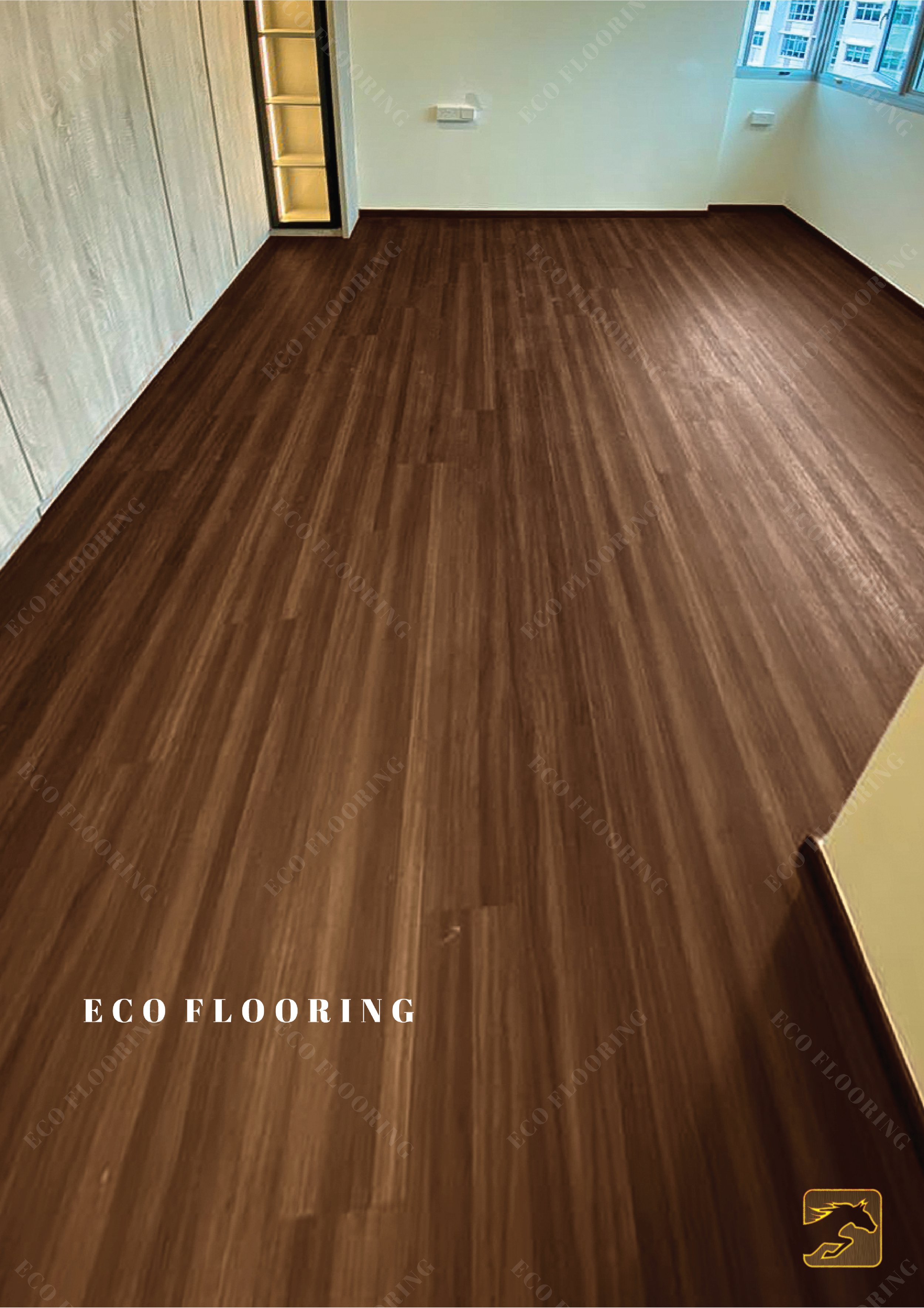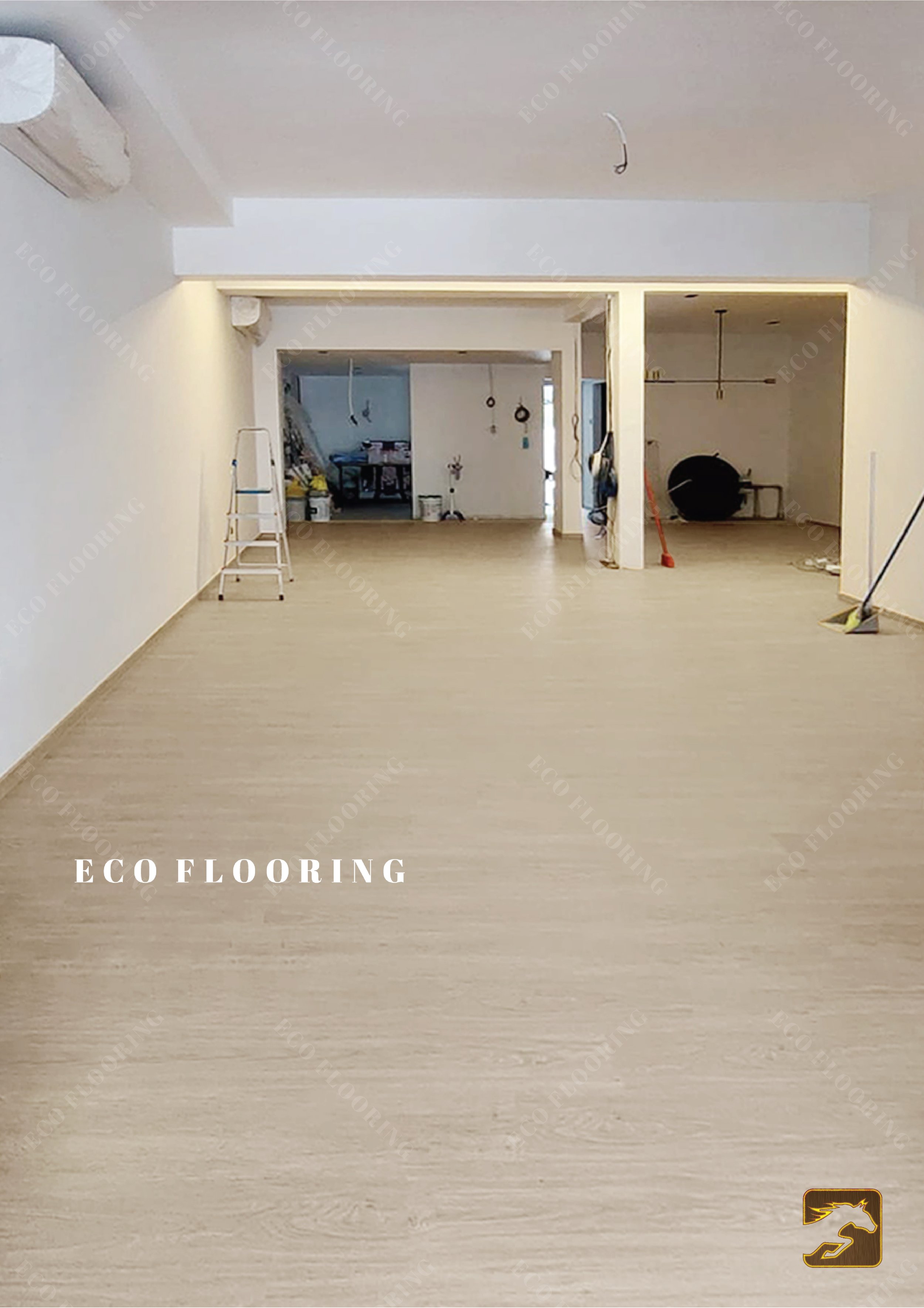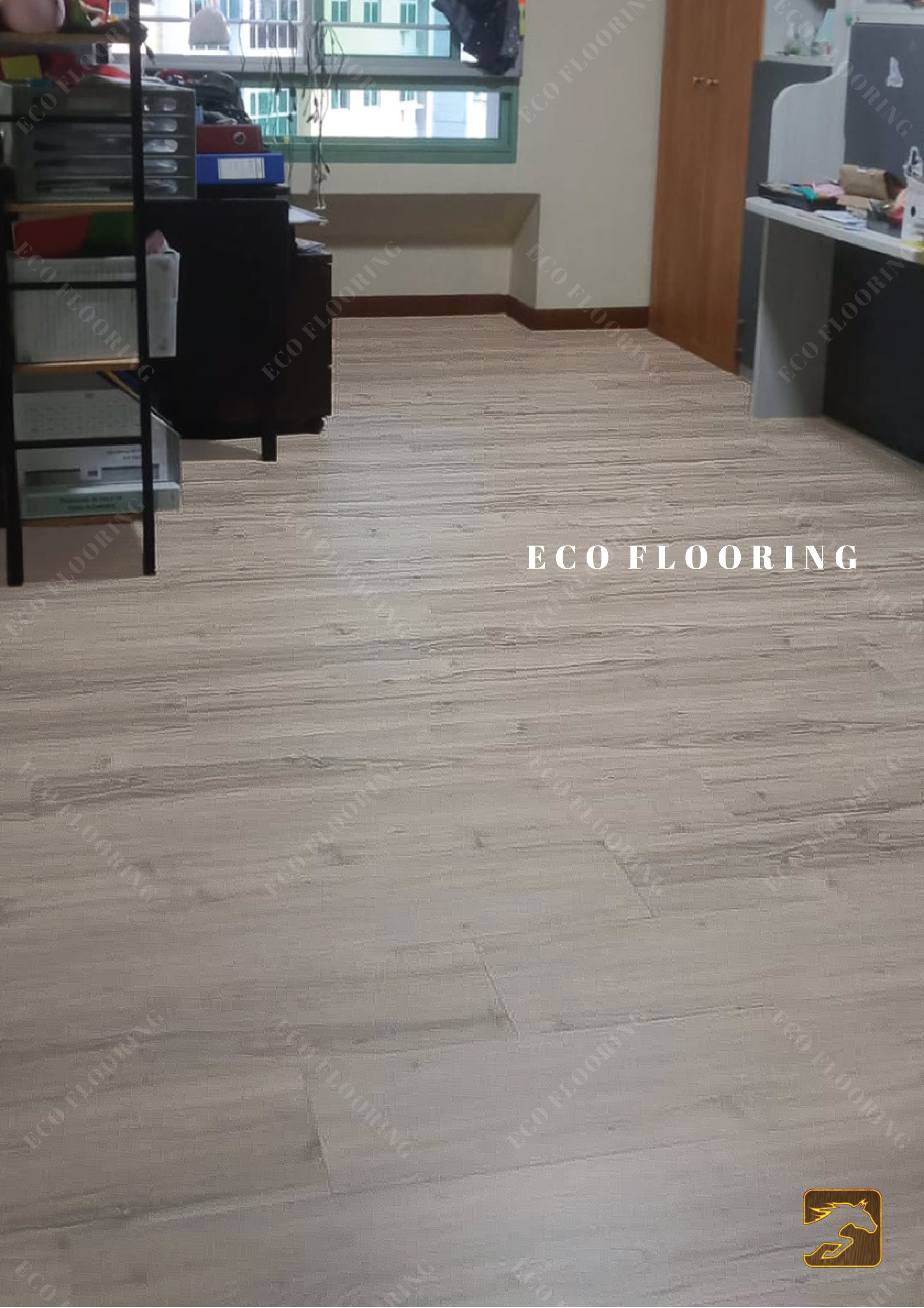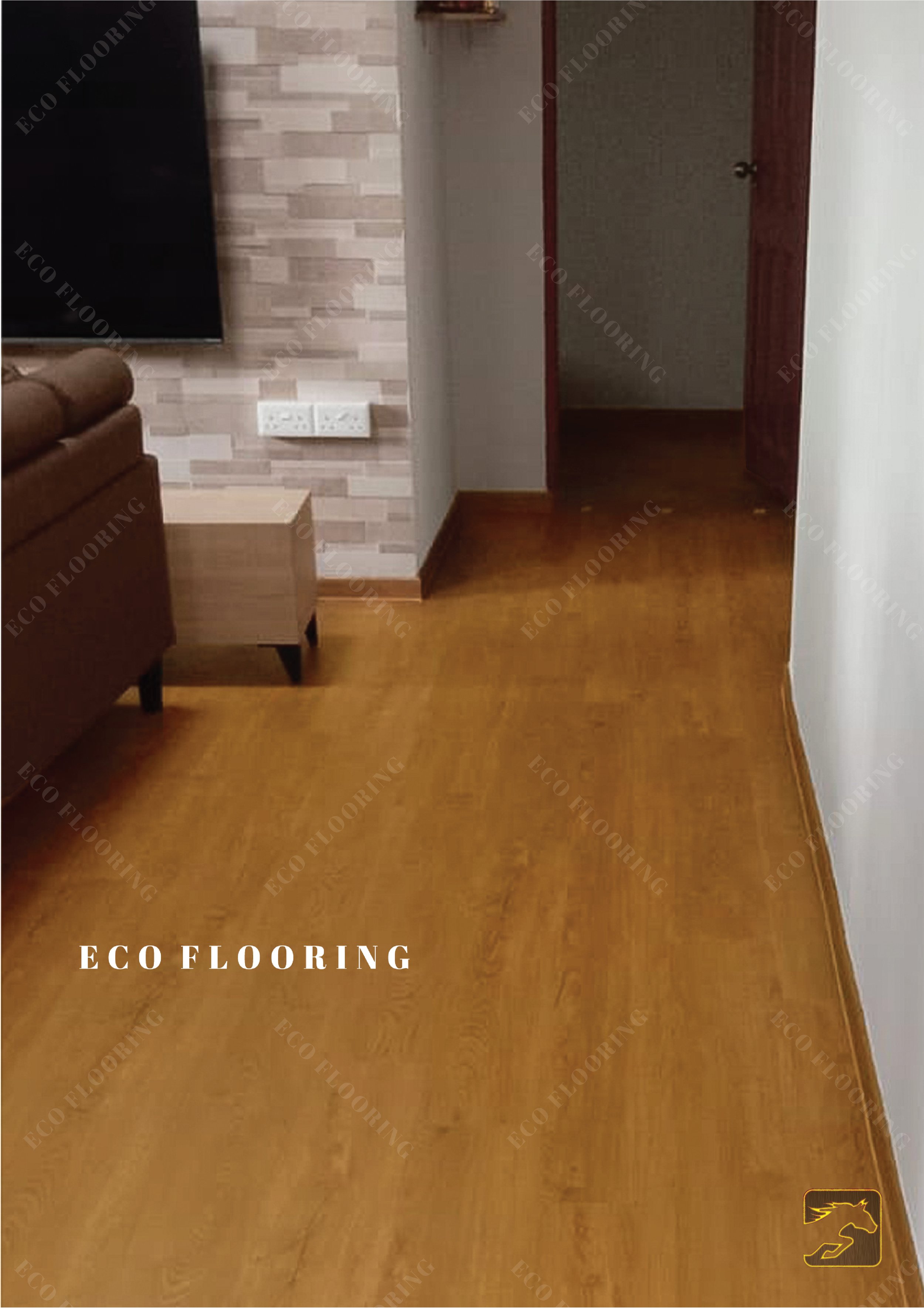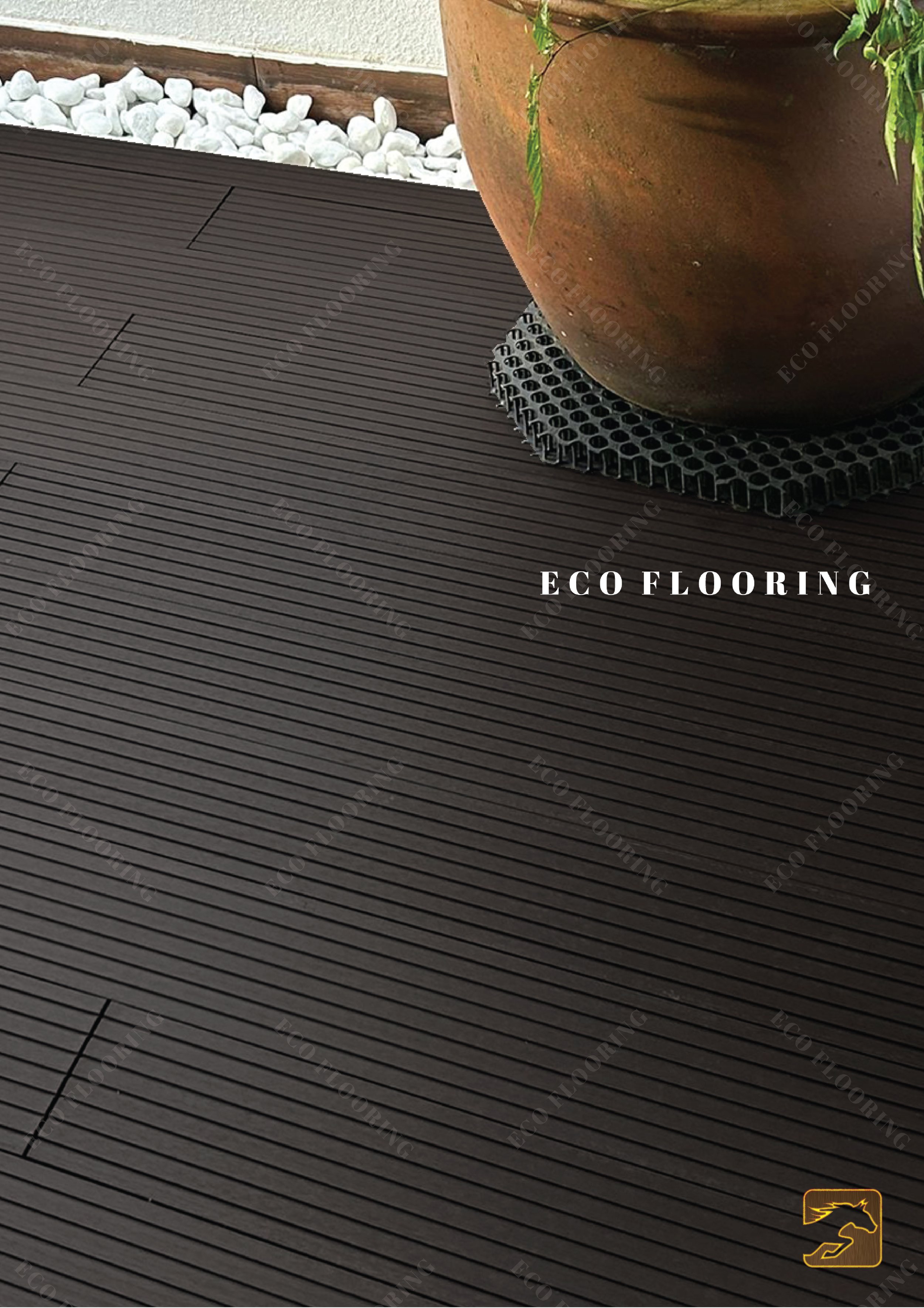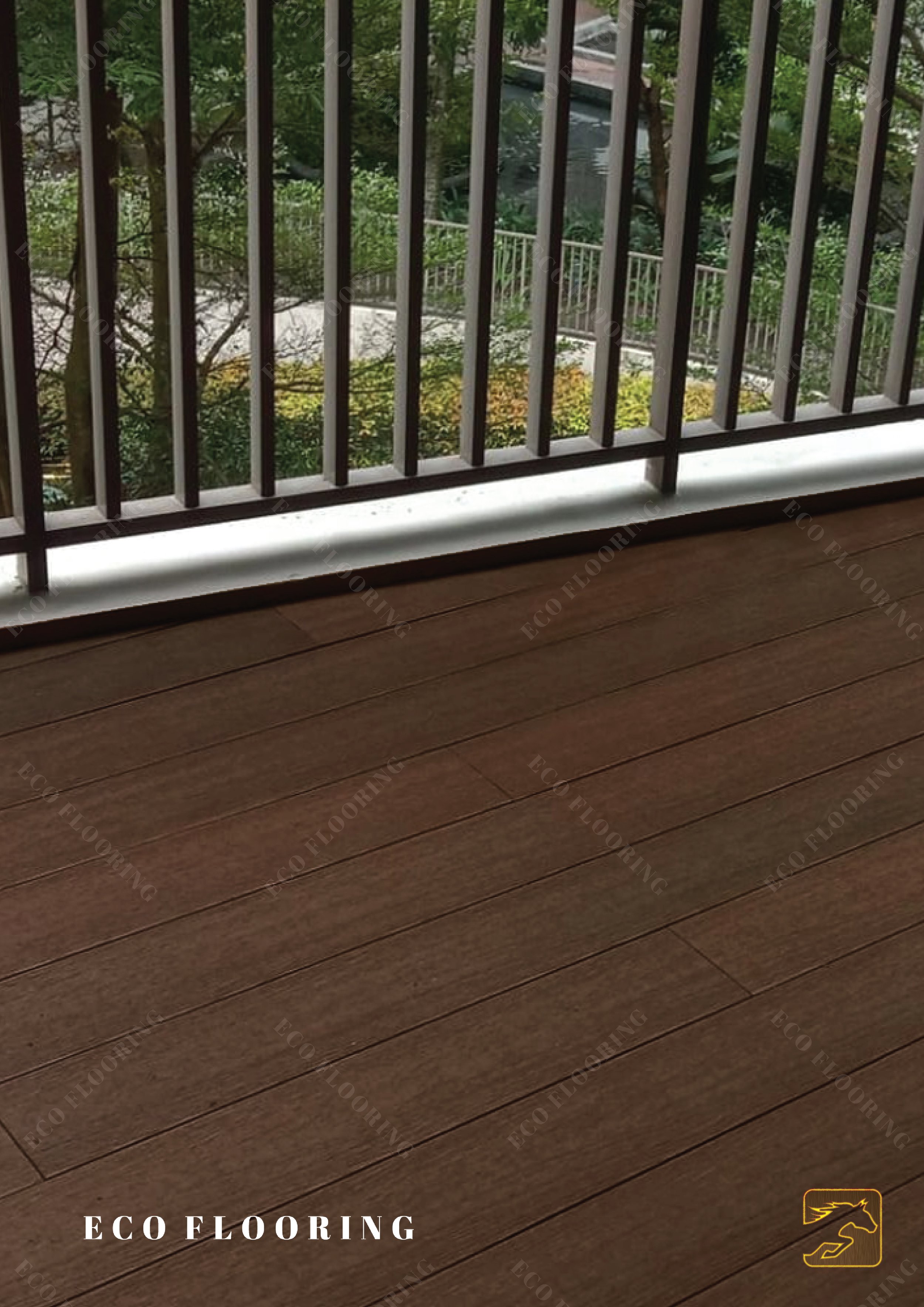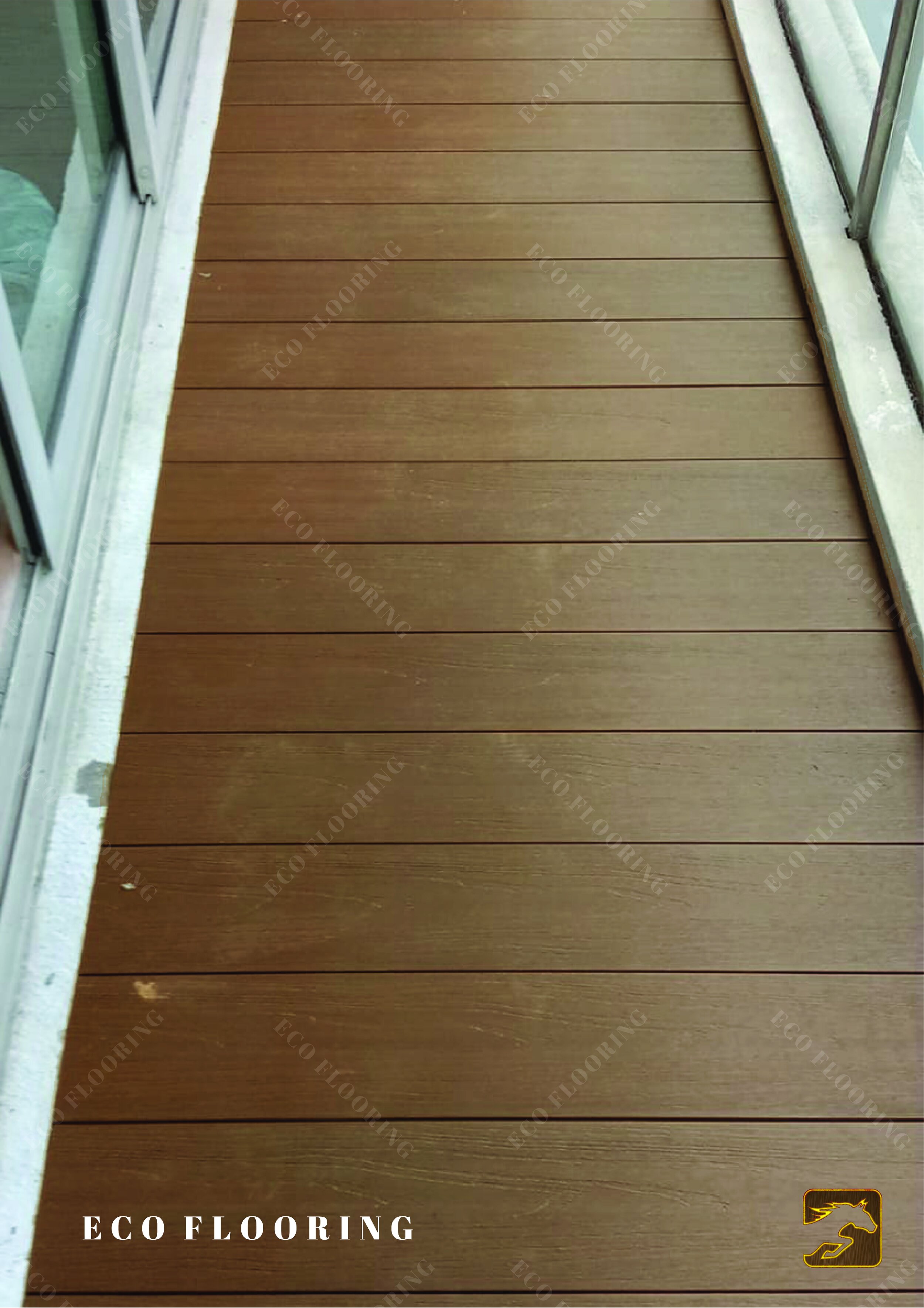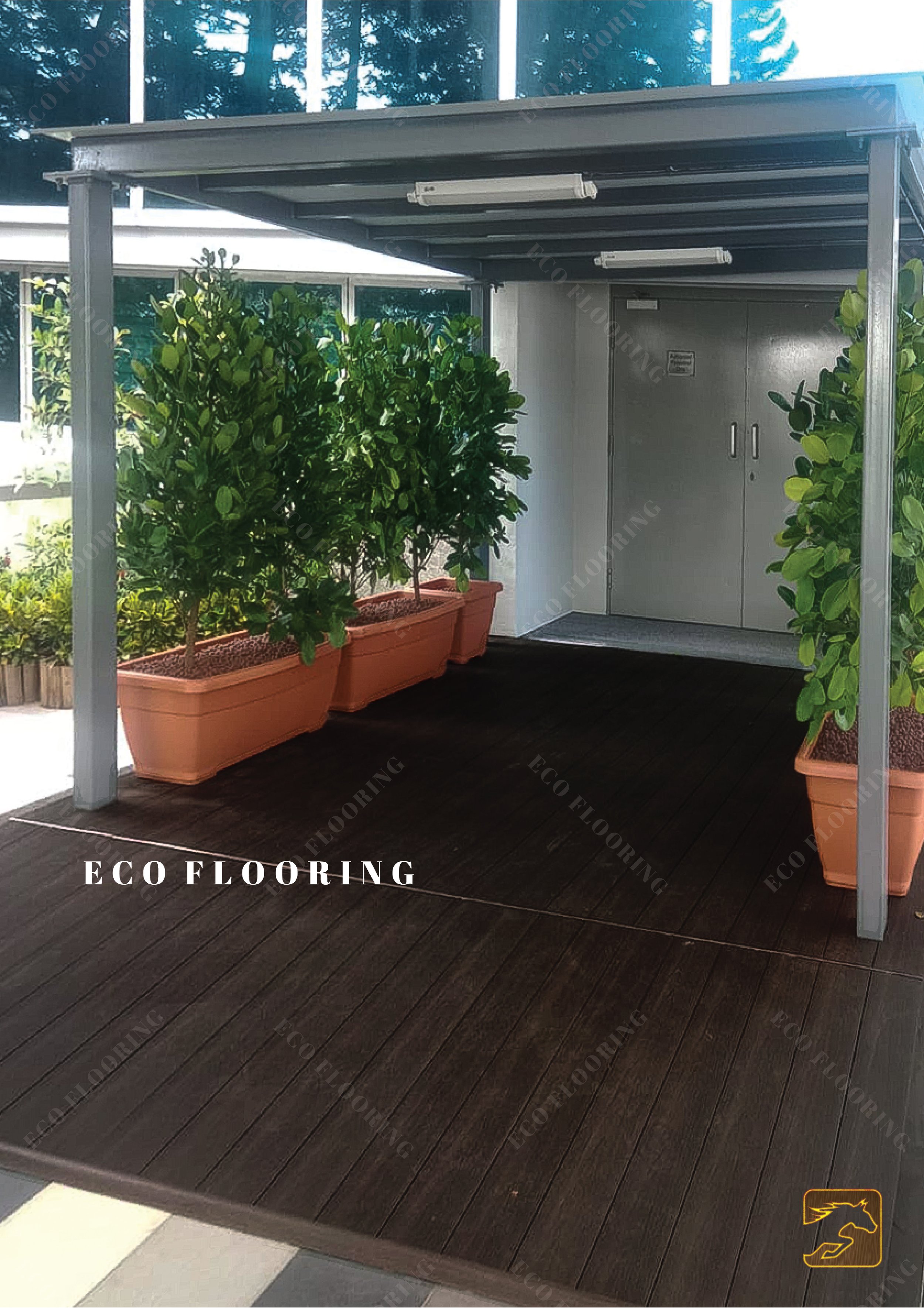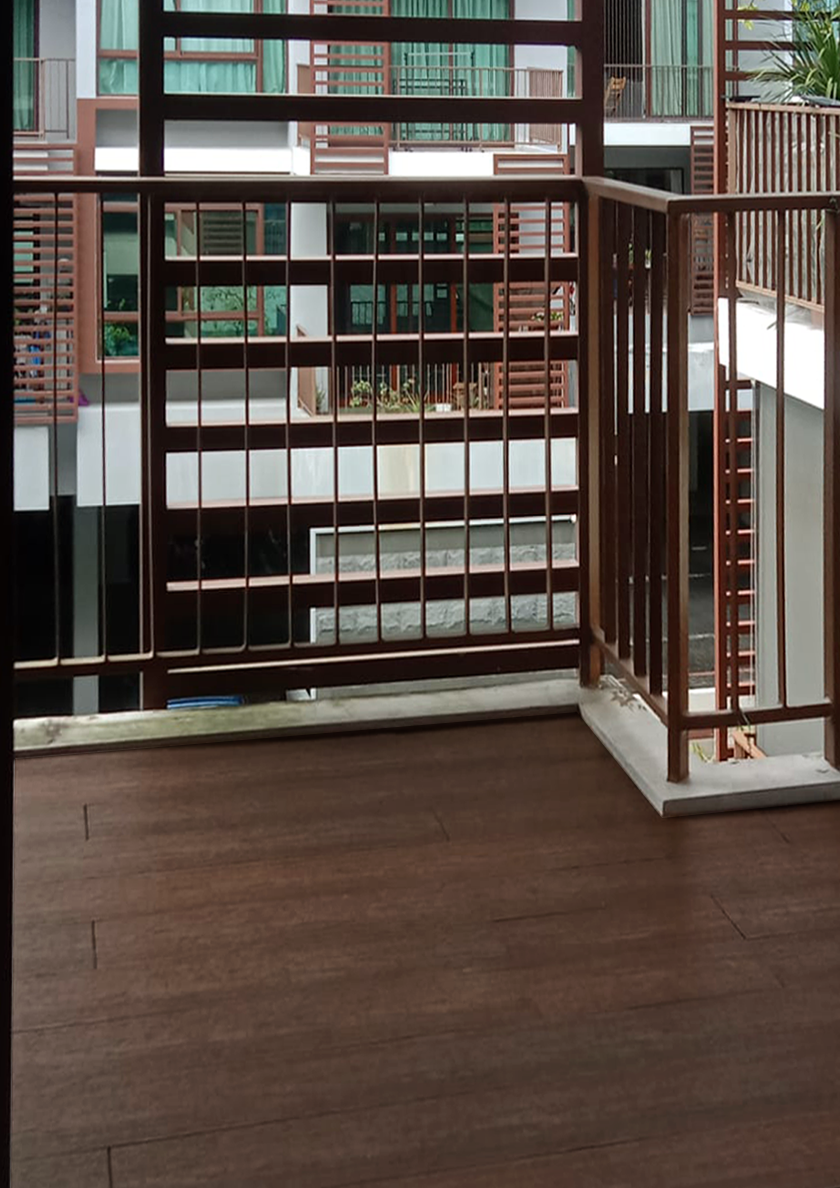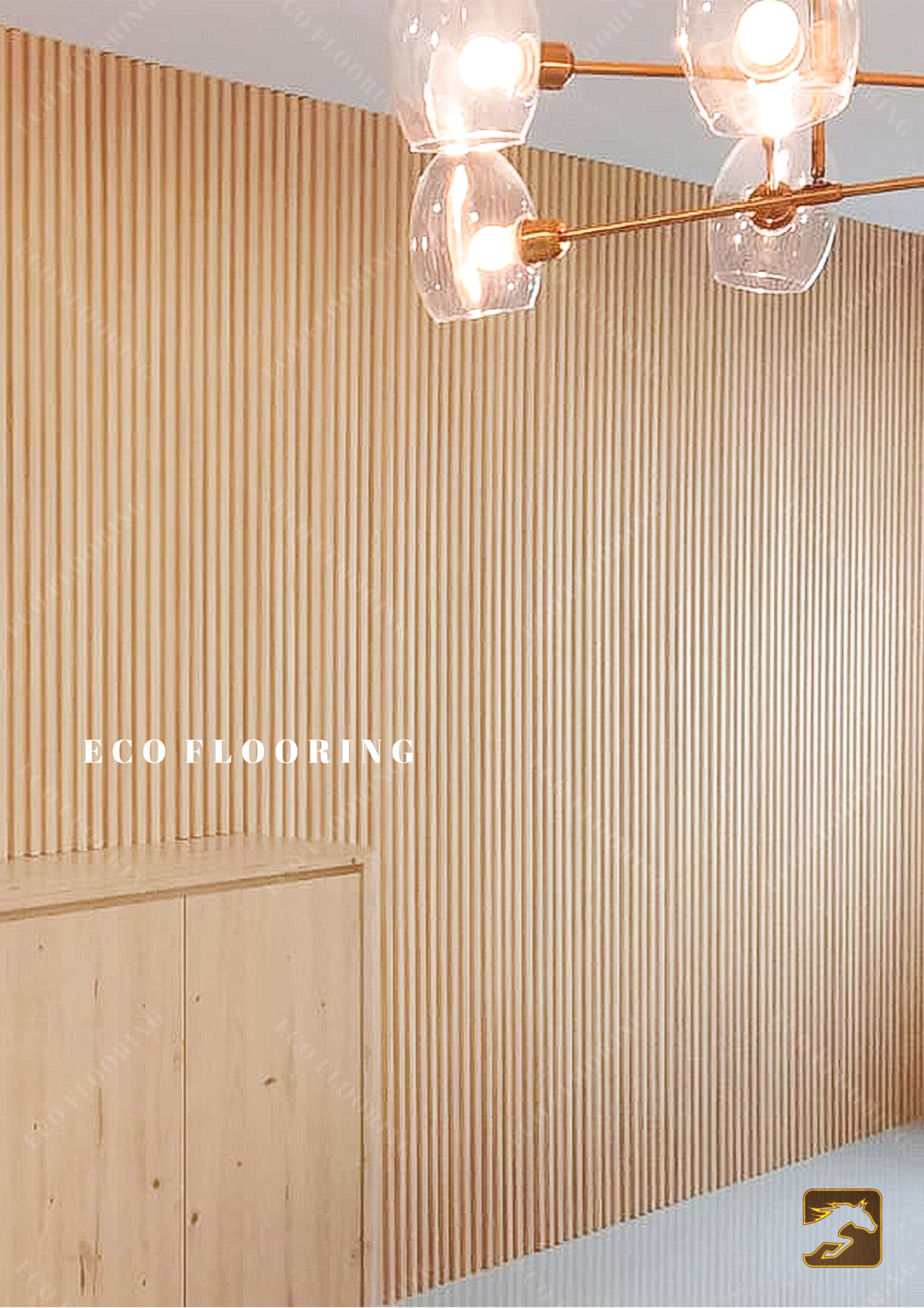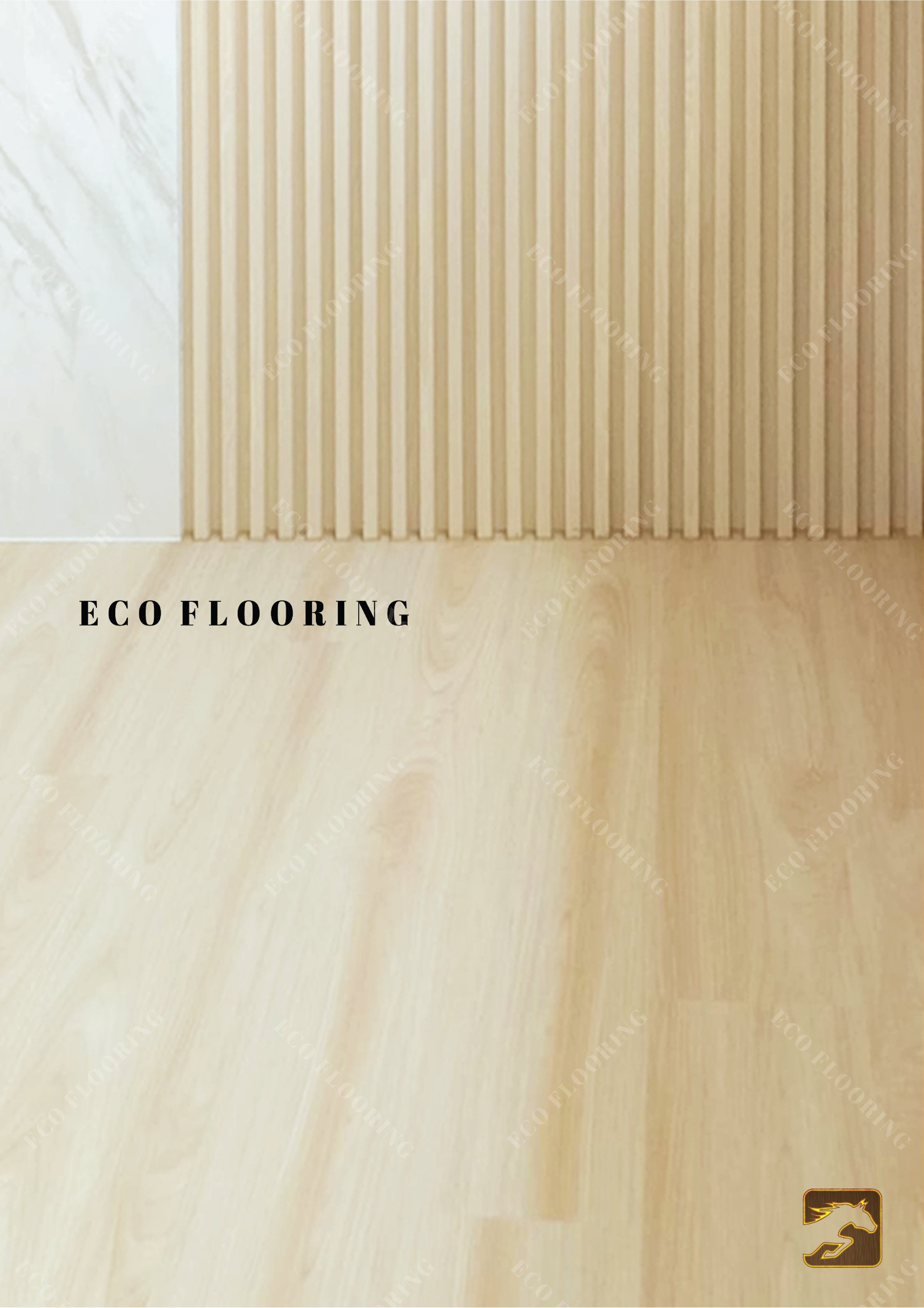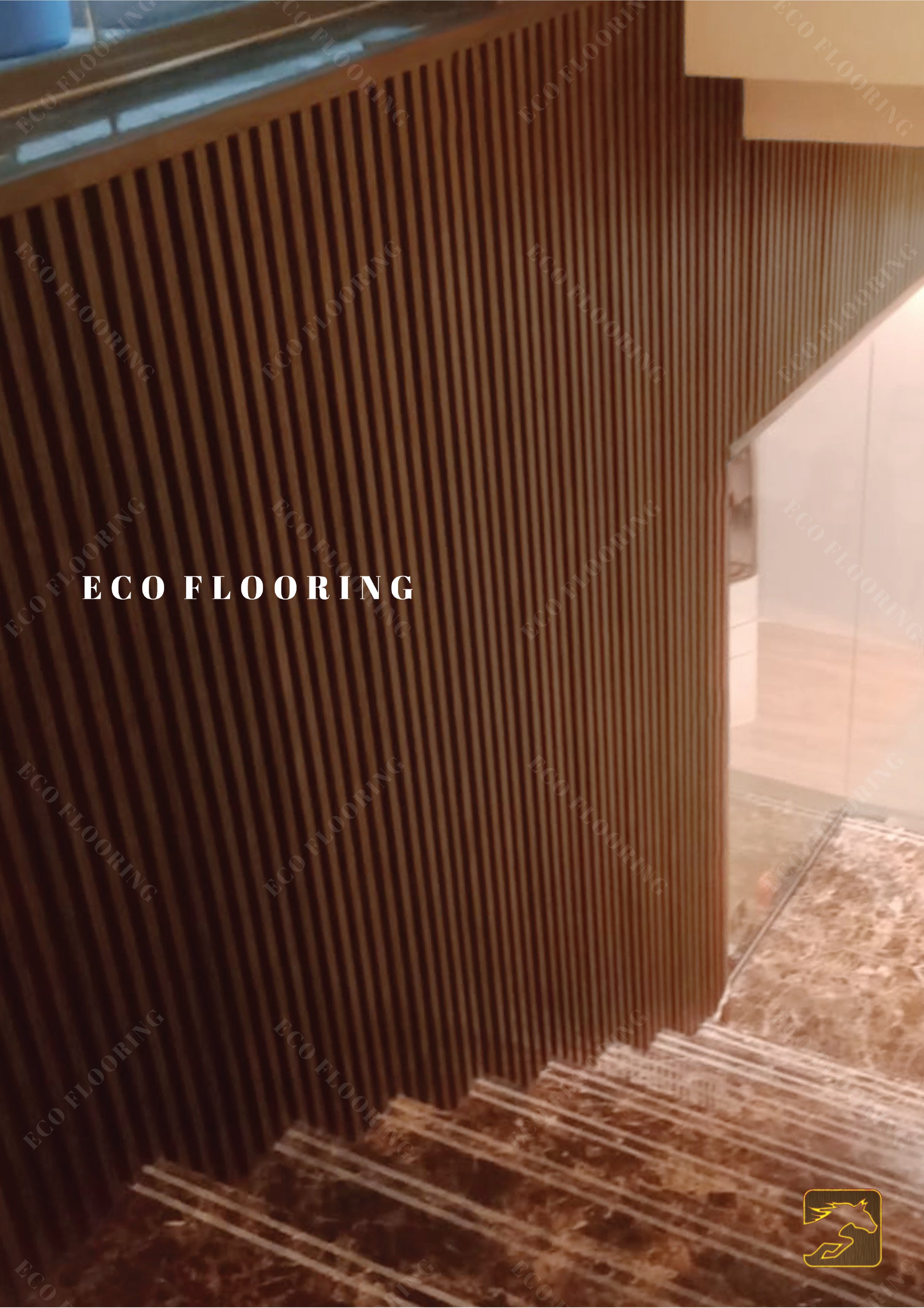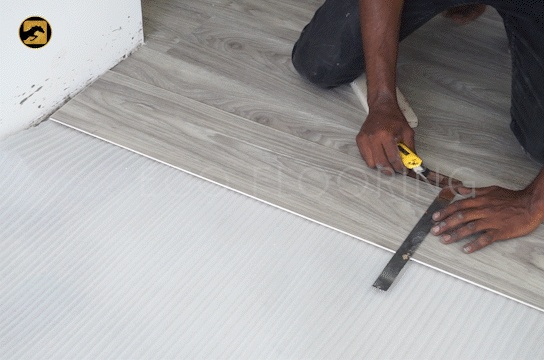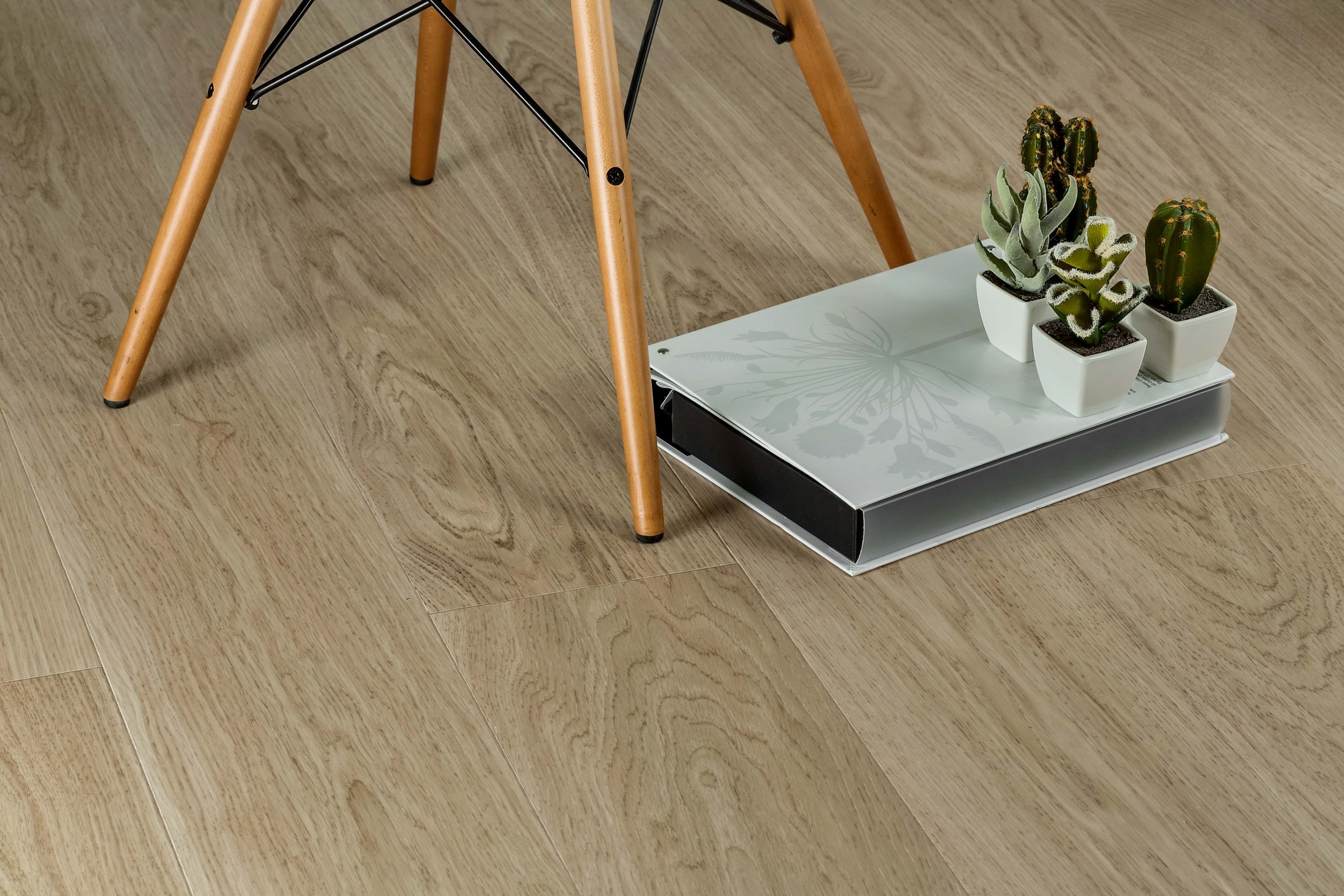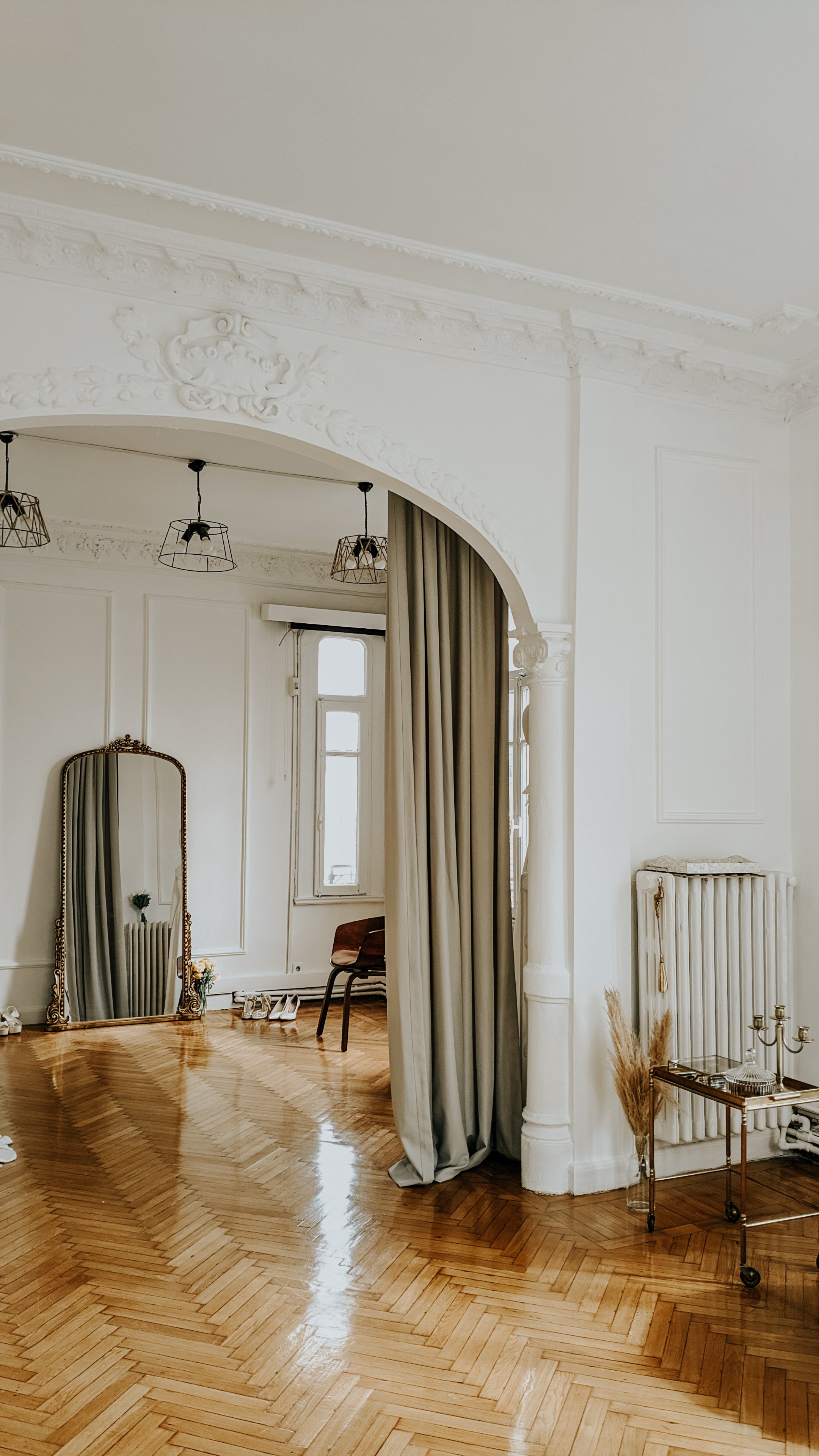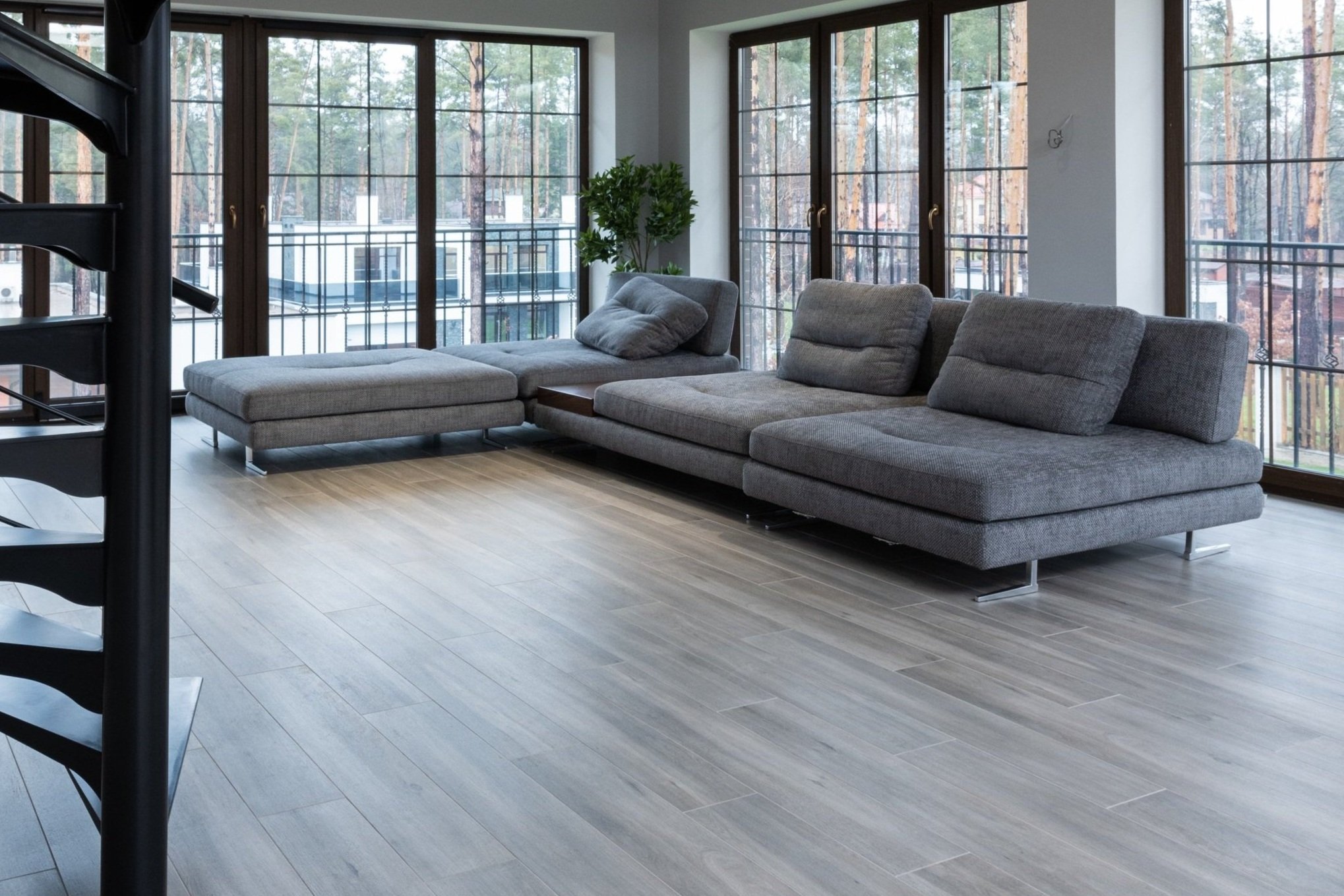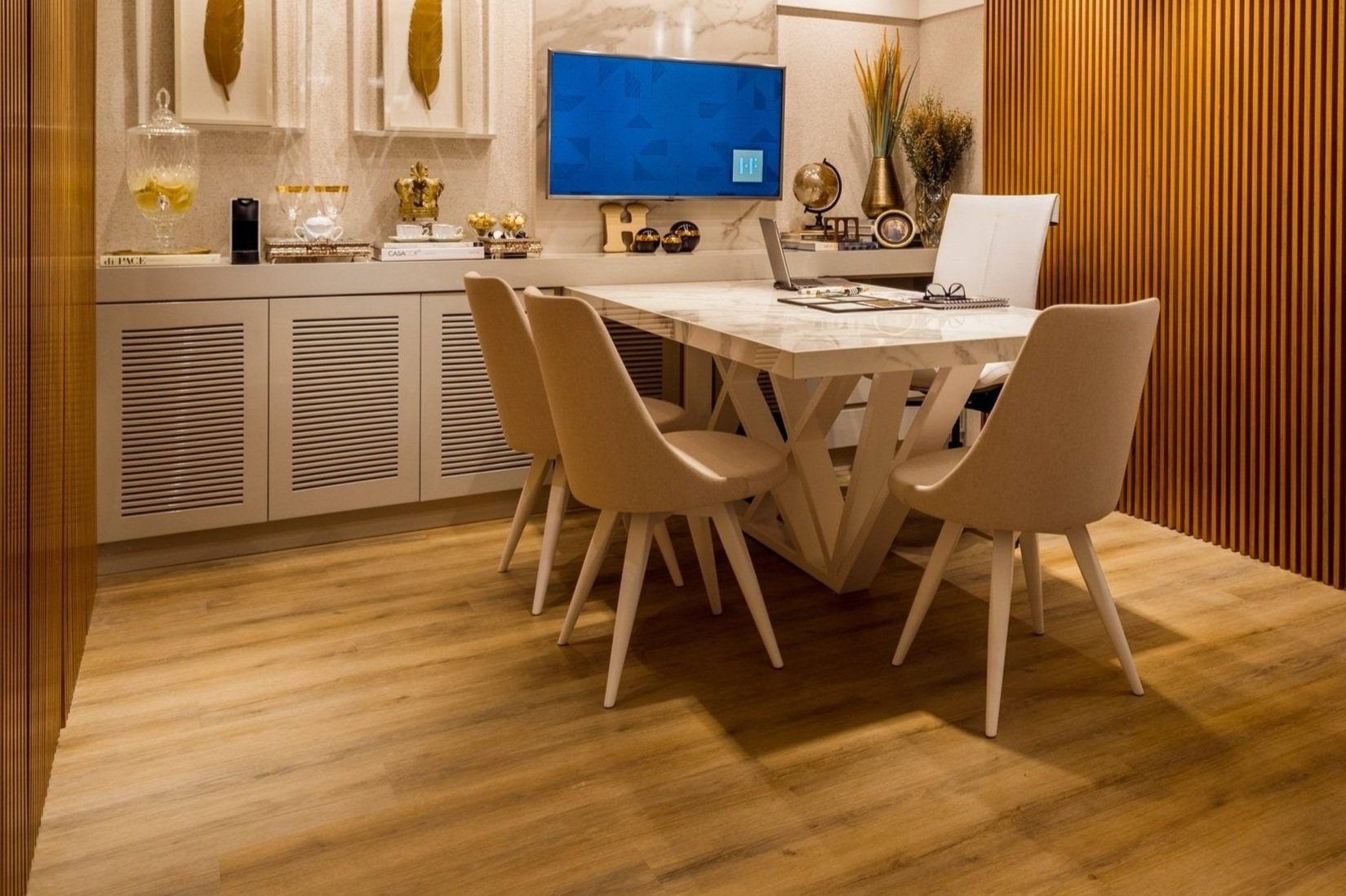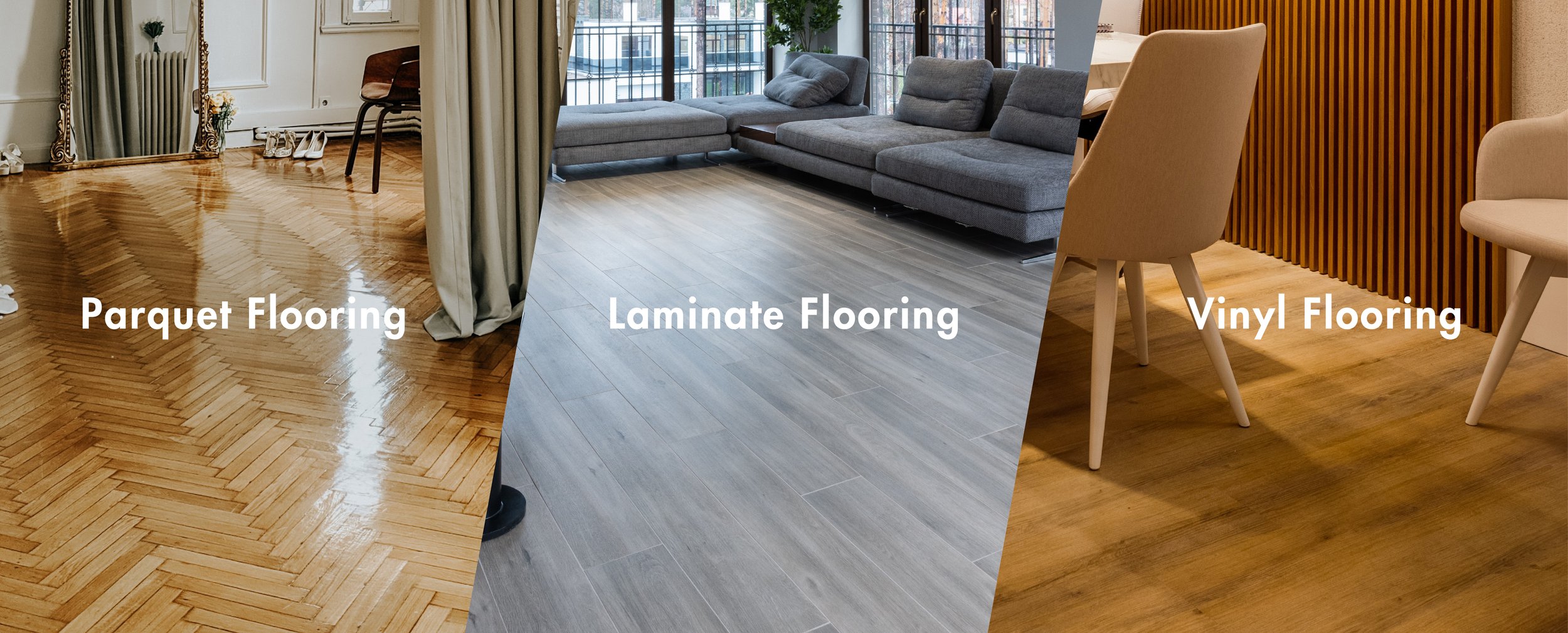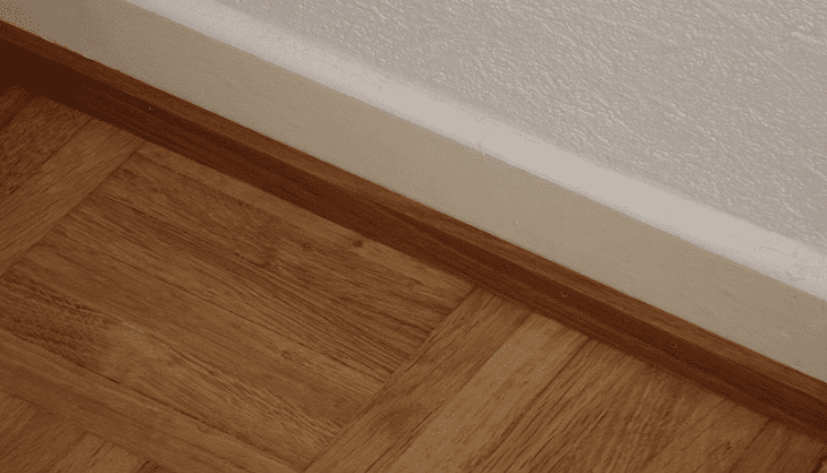Herringbone pattern has long been cherished for its timeless appeal, adding a touch of elegance and sophistication to any space. With the introduction of herringbone vinyl flooring, homeowners and designers now have a versatile and practical option to incorporate this classic pattern into modern interiors. In this article, we will delve deeper into the beauty, versatility, and benefits of herringbone vinyl flooring, exploring why it has become a popular choice for transforming contemporary spaces.
Herringbone design comes in different shades, tones, and colours.
Versatility in Design:
Herringbone vinyl flooring offers a wide range of design possibilities. Its interlocking zigzag pattern creates a visually captivating effect that can instantly elevate the aesthetic of any room. Whether you prefer a traditional, transitional, or modern look, herringbone vinyl flooring adapts effortlessly to various interior styles. It can be used to add a touch of timeless charm to a classic setting or to create a bold and contemporary statement in a modern space. The versatility of herringbone vinyl flooring allows homeowners and designers to experiment with different color palettes and textures, enabling them to achieve their desired design vision.
Herringbone design is gaining popularity among many home owners.
Practicality and Durability:
Apart from its aesthetic appeal, herringbone vinyl flooring offers numerous practical benefits. Vinyl flooring, in general, is known for its durability and low maintenance requirements, making it an excellent choice for high-traffic areas. Herringbone vinyl flooring is no exception. Its resilient surface can withstand daily wear and tear, making it suitable for busy households or commercial spaces. Additionally, vinyl flooring is easy to clean and resistant to stains, making it a practical option for areas prone to spills or messes.
Cost-Effective Solution:
Compared to natural hardwood or stone flooring, herringbone vinyl flooring offers a more cost-effective solution without compromising on style or quality. The affordability of vinyl flooring allows homeowners and designers to achieve the luxurious and sophisticated look of herringbone pattern without exceeding their budget. This cost-effective nature makes herringbone vinyl flooring accessible to a wider range of individuals who desire to enhance their interiors with this timeless pattern.
Herringbone vinyl flooring is a versatile and practical choice for those seeking to add a touch of timeless elegance to their modern spaces. Its captivating pattern, combined with the durability and low maintenance of vinyl, makes it a preferred flooring option for various interior styles. Whether you're renovating your home or designing a commercial space, herringbone vinyl flooring offers the perfect blend of style, functionality, and affordability. Embrace the beauty of herringbone pattern and elevate the look of your space with herringbone vinyl flooring.
If you require guidance in selecting the ideal color for your vinyl flooring, we are here to assist you. Our team of experts can provide valuable assistance in creating a visually appealing space that caters to your specific requirements. Don't hesitate to reach out to us for professional support. Contact us today!









